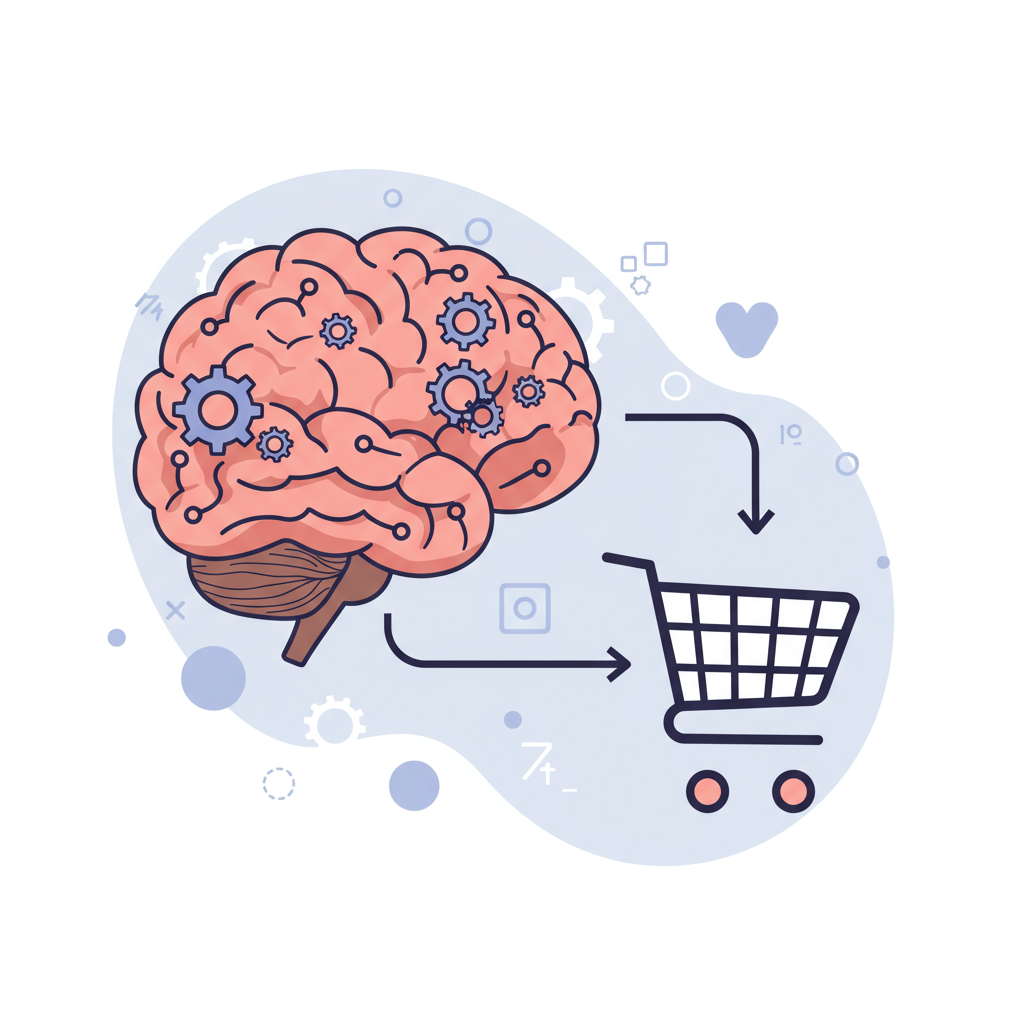Unlock the secrets of user behavior to design an irresistible and high-converting e-commerce experience.
Hello fellow merchants! Today, I want to talk about something truly fascinating and incredibly powerful for your Shopify store: the psychology behind great e-commerce design.
It’s not just about making your store look pretty; it’s about understanding how your customers think, feel, and make decisions.
By applying psychological principles, we can create an online shopping experience that feels intuitive, trustworthy, and ultimately, irresistible.
Think of your Shopify store as a conversation. Every element, from your navigation to your product descriptions, is speaking to your customer’s subconscious.
My goal is to help you design a store that speaks the right language, guiding visitors smoothly from browsing to checkout.
Let’s dive into some core psychological concepts and how we can apply them directly to your Shopify setup.
**Principle 1: Cognitive Load.** This refers to the amount of mental effort required to use your store. Too much information, too many choices, or confusing layouts can overwhelm visitors.
On Shopify, this means keeping your navigation simple and clear. Use intuitive categories and avoid jargon.
Product pages should present essential information clearly, without clutter. Use bullet points for features and benefits.
**Principle 2: Trust and Credibility.** People buy from businesses they trust. This is paramount in e-commerce.
How do we build trust? Start with professional design. A clean, modern Shopify theme immediately signals legitimacy.
Display security badges (SSL certificates are standard on Shopify, but highlighting them can help).
**Social Proof** is incredibly powerful. Integrate customer reviews and testimonials prominently on product pages and even your homepage.
Shopify apps make it easy to collect and display reviews. Showcasing real people loving your products builds immense confidence.
User-generated content, like customer photos, also serves as fantastic social proof.
**Principle 3: Scarcity and Urgency.** These tactics can motivate action, but they must be used ethically and genuinely.
“Only 3 left in stock!” or “Sale ends in 24 hours!” can create a sense of urgency, encouraging immediate purchase.
Shopify apps can help you implement countdown timers or stock level indicators. Just ensure they are truthful.
**Principle 4: Reciprocity.** This principle suggests that when you give something, people feel compelled to give back.
Offer value upfront: free shipping, a helpful blog post, a free guide, or a small gift with purchase.
This builds goodwill and makes customers more likely to complete a purchase or return in the future.
**Principle 5: Visual Hierarchy.** Guide your customer’s eye. What do you want them to see first? What’s most important?
Use size, color, contrast, and white space to draw attention to key elements like “Add to Cart” buttons or special offers.
Your Shopify theme’s customization options allow you to control these visual cues effectively.
**Principle 6: Loss Aversion.** People are more motivated to avoid a loss than to gain something of equal value.
Highlight what customers might miss out on if they don’t buy now (e.g., “Don’t miss out on our limited edition!”).
Clear return policies and money-back guarantees also reduce the perceived risk of loss, making a purchase feel safer.
**Principle 7: The Power of Storytelling.** Connect with your audience emotionally. Your brand has a story; tell it!
Use your “About Us” page, product descriptions, and blog to share your journey, your values, and the passion behind your products.
This builds a deeper connection than just listing features.
**Principle 8: Personalization.** Make your customers feel seen and understood.
Use customer data (ethically!) to recommend products, send personalized emails, or display relevant content.
Shopify apps can help with personalized recommendations and email marketing automation.
**Mobile Responsiveness:** This isn’t just a good idea; it’s a psychological necessity. A clunky mobile experience creates frustration and distrust.
Ensure your Shopify theme is fully responsive and test it thoroughly on various devices. Most modern Shopify themes are excellent in this regard.
**Frictionless Checkout:** The checkout process is where many sales are lost. Simplify it as much as possible.
Minimize the number of steps, offer guest checkout, and clearly display all costs upfront (shipping, taxes).
Shopify’s native checkout is highly optimized, but ensure you’re not adding unnecessary steps with apps.
**Customer Support:** Make it easy for customers to get help. Clear contact information, FAQs, and live chat options build confidence.
Knowing help is available reduces anxiety and makes customers more comfortable making a purchase.
Implementing these psychological principles isn’t about tricking your customers; it’s about understanding their natural inclinations and designing an experience that aligns with them.
It’s about making your Shopify store a joy to navigate, a place where customers feel understood, valued, and confident in their purchase decisions.
Regularly review your store’s analytics. See where customers drop off, what pages they spend time on, and what feedback they provide.
A/B test different elements – a different call to action, a new image, or a revised product description – to see what resonates best.
The beauty of Shopify is its flexibility, allowing you to implement many of these psychological nudges with themes, apps, and custom content.
Remember, a user-friendly store isn’t just about aesthetics; it’s about empathy. It’s about putting yourself in your customer’s shoes.
By doing so, you’ll not only increase your conversions but also build a loyal customer base that trusts and loves your brand.
What do you think about these insights? Have you applied any of these principles to your own Shopify store?
I encourage you to take one or two of these principles and apply them to your Shopify store this week.
Observe the changes, gather feedback, and continue to refine your customer’s journey. Happy selling!






